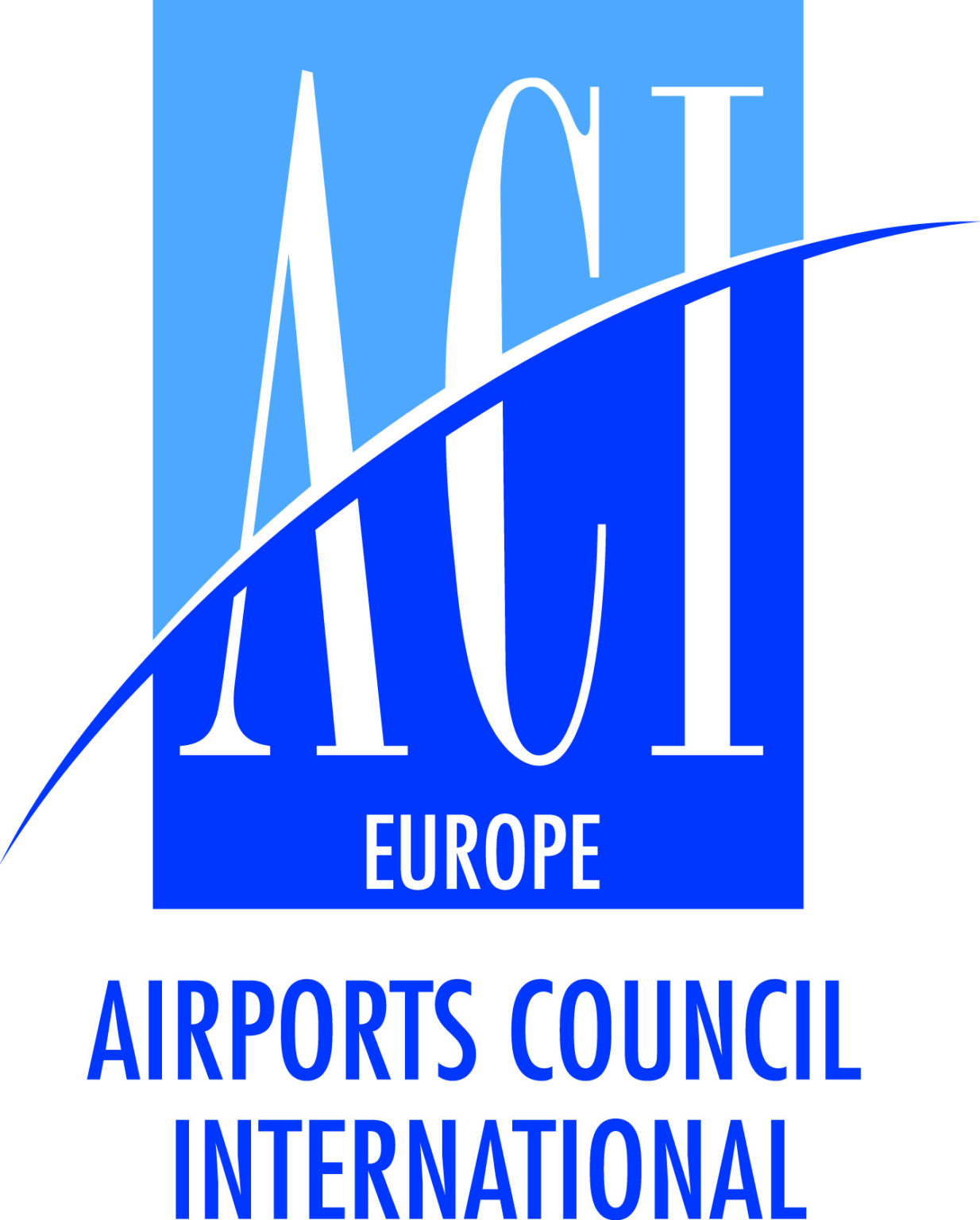- EU countries are not adhering to the EU Council recommendations, creating a patchwork system of travel restrictions & border controls throughout Europe — thus eroding consumer confidence.
- Europe’s airlines and airports urge Member States to follow their own agreed scientific-based approach and do away with politics during the critical reopening phase.
Despite agreeing at the EU Council level to a scientific-based approach and endorsing their own “white list”Non-EU countries whose citizens are able to enter the EU, currently including Algeria, Australia, Canada, Georgia, Japan, Montenegro, Morocco, New Zealand, Rwanda, Serbia, South Korea, Thailand, Tunisia, Uruguay — and China, should reciprocity of measures be confirmed. recommendation just one week ago, EU States are adopting extremely diverging lists. As a result, there is very little clarity and significant uncertainty on which citizens can travel where. This has effectively led to a patchwork system of travel restrictions and border controls throughout Europe which may remain in place for weeks or months to come. The situation also weakens the functioning of the Schengen area: since Member States apply different rules, a Japanese tourist could choose to fly to Warsaw and then travel within the Schengen space without control.
A4E and ACI EUROPE, representing Europe’s airlines and airports, today urged EU and Schengen States to do away with politics and follow their agreed, fact-based approach towards lifting the ban on non-essential travel to the EU & Schengen area for countries where the epidemiological situation allows. The two associations also support regular updating of the white list in the coming weeks, including its expansion to other non-EU/Schengen countries that fit the criteria proposed by the European Commission and approved by the EU Council, in order to support air transport and European tourism’s recovery.
Examples of diverging implementation of the EU Council recommendations include:
- Belgium keeping its borders closed to travellers from the 15 white-listed countries until further notice;
- Germany reopened its borders to eight countries from the white list while requiring reciprocity from China, Japan and South Korea before lifting entry restrictions from those countries;
- Greece barring entry to Serbian nationals (not residents), therefore not following the Council Recommendation and going against the EU principle of non-discrimination;
- Hungary announced that it will not open its borders to non-EU countries except Serbia for the moment;
- Ireland extending its advice to avoid all non-essential travel until 20 July; a “green list” of countries to which people could travel will not be published until then;
- Poland extending its flight ban until 14 July, except for flights from the EU+, Canada, Albania, Georgia, Japan, Korea, Montenegro and Ukraine — thereby not using the whole list of approved countries;
- Spain reopening its borders on 04 July to 12 countries from the white list — however, residents of Algeria, China and Morocco will only be able to travel to Spain if these countries reopen their borders to Spanish residents in a reciprocity move.
“These diverging national approaches are hurting our single market and will slow down aviation and tourism’s much-needed recovery”, said Thomas Reynaert, Managing Director of Airlines for Europe (A4E). “The situation is also creating an uneven playing field within Europe at a time when our sector is still struggling for survival”, Reynaert added.
“We can’t afford to exit the situation as chaotically as we entered it,” said Olivier Jankovec, Director General at ACI EUROPE. “EU countries are not sticking to their own agreed plan. This is not conducive to consumer confidence and it is clearly undermining efforts to restore air connectivity”.
European aviation remains in a severe and unprecedented crisis. Annual losses are projected to total -€82 billion, globally — the worst year in aviation’s financial history. Europe’s airlines are projected to lose €19 billion and are among the top three worst-affected regions, globally. The latest forecast for European airport revenue losses for the full year 2020 stands at a staggering -€32.44 billion. Continued uncertainty about travel restrictions, quarantines, and the pandemic’s evolution will affect consumer confidence in the foreseeable future, making a harmonised and coordinated approach to the reopening of borders even more imperative.
Notes to Editor:
- For further information on COVID-19 recovery measures needed for EU aviation, see https://a4e.eu/publications/eu-recovery-strategy-for-a-greener-more-digital-european-air-transport/
- ACI EUROPE’s Off The Ground Recovery Plan working papers can be found at https://www.aci-europe.org/industry-topics/covid-19.html

For more information, contact: Jennifer Janzen, Communications Director, A4E tel: +32 499 828294 Email: Jennifer.Janzen@a4e.eu

For more information, contact: Virginia Lee, Director, Media & Communications, ACI EUROPE tel: +32 2 552 09 82 Email: virginia.lee@aci-europe.org
About ACI EUROPE
ACI EUROPE is the European region of Airports Council International (ACI), the only worldwide professional association of airport operators. ACI EUROPE represents over 500 airports in 45 European countries. Our members facilitate over 90% of commercial air traffic in Europe: 2.5 billion passengers, 20.7 million tonnes of freight and 25.7 million aircraft movements in 2019. In response to the Climate Emergency, in June 2019 our members committed to achieve Net Zero carbon emissions for operations under their control by 2050, without offsetting.